Labor also feels heat as Green vote rises in affluent city seats
The Liberal Party’s political discontents have distracted attention away from the ALP. But the teals and Greens pose just a big a threat in Anthony Albanese and Tanya Plibersek’s heartland.
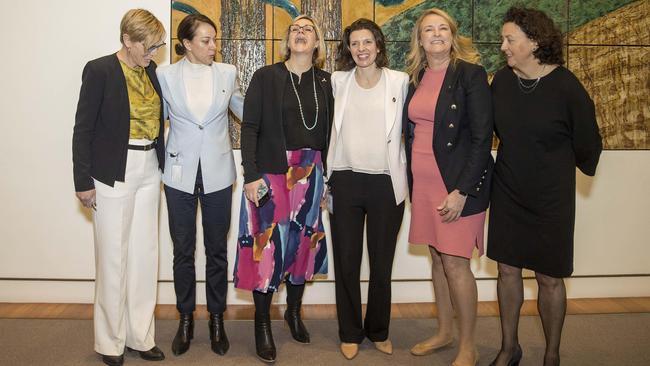
And for good reason. Teal independents hold seven seats that not so long ago had been safe or relatively safe Liberal seats in affluent suburbs, mostly close to the central business district – namely, North Sydney, Mackellar, Warringah and Wentworth in Sydney, Goldstein and Kooyong in Melbourne and Curtin in Perth. Hence the political emergence of high-profile MPs such as Kylea Tink, Sophie Scamps, Zali Steggall, Allegra Spender, Zoe Daniel, Monique Ryan and Kate Chaney, respectively.
It remains to be seen whether the Liberals under the leadership of Peter Dutton can win any or all of these seats back.
It won’t be an easy task since high-profile independents tend to hold their seats while the sitting member remains in office. Then there is the fact all the teals won their seats courtesy of preferences from Labor and the Greens.
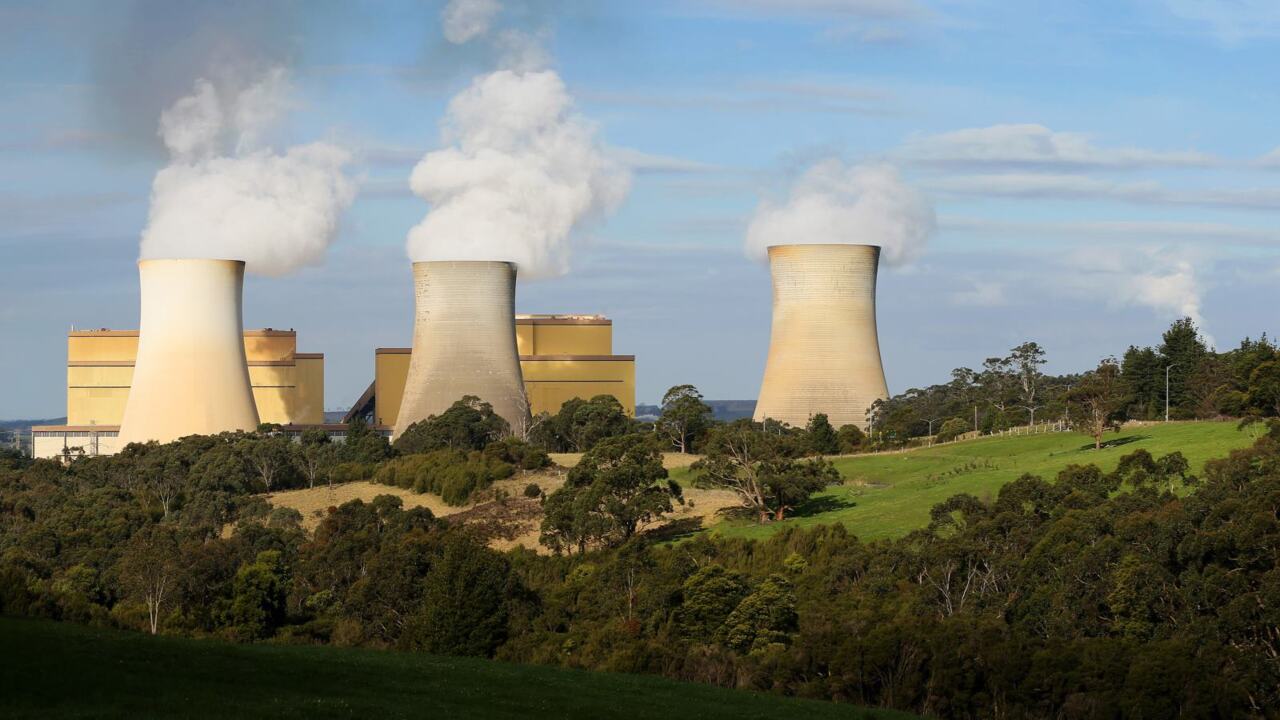
The Liberal Party’s political discontents have distracted attention away from Labor. It lost one seat last year to the Greens when frontbencher Terri Butler was defeated by Max Chandler-Mather in the inner metropolitan Brisbane seat of Griffith. The Greens also won two similarly located seats from the Liberals.
The Greens have four seats in the House of Representatives: the three seats in Brisbane plus Melbourne, which Greens leader Adam Bandt won from Labor in 2010 following the retirement of high-profile Labor MP Lindsay Tanner.
In other words, half of the Greens seats in the House of Representatives have been won from Labor and half from the Liberals.
Anthony Albanese and Environment Minister Tanya Plibersek hold the Sydney inner-city seats of Grayndler and Sydney, respectively. Both seats could fall to the Greens if either member departed politics. And Labor’s Josh Burns holds the inner-metropolitan Melbourne seat of Macnamara, in an area where the Greens have considerable support. So, while much focus has been on the plight of the Liberal Party in some of the wealthiest areas of Australia, little has been said of the challenge to Labor in some of those parts of Australia in which there are large numbers of the professional class along with many students.
In this respect, it is worth noting that, in last year’s election, the Coalition (including the Nationals) won 35.7 per cent of the primary vote compared with Labor’s 32.6 per cent.
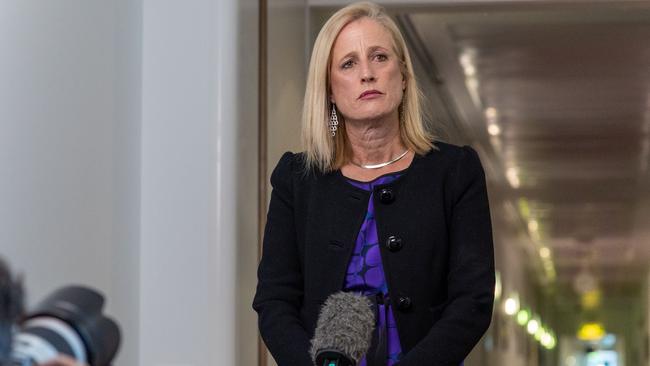
On Thursday, ABC Radio National Breakfast presenter Patricia Karvelas interviewed Finance Minister Katy Gallagher. Karvelas saw fit to raise a poll commissioned by the Australia Institute, a left-wing think tank based in Canberra. Gallagher is a senator in the ACT.
The Australia Institute seems to have special access to the taxpayer-funded public broadcaster. However, the McKell Institute, a social democratic Labor think tank, is rarely heard on RN Breakfast or other important ABC news and current affairs programs. Needless to say, neither is a right-of-centre think tank.
Karvelas put it to Gallagher that the Australia Institute poll revealed that over 80 per cent of ACT residents opposed the use of unlimited carbon credits, which is part of the Albanese government’s safeguard mechanism legislation currently before the parliament. Moreover, according to the poll, 63 per cent of Canberrans opposed new coal and gas developments.
Karvelas told Gallagher that “your own territory is urging David Pocock (the independent ACT senator) not to support it (the safeguard mechanism)”. She added: “Are you concerned? They (ACT voters) don’t want more coal and gas.” Gallagher said she was not surprised since the ACT (which has a Labor-Greens government) “has been leading the way in terms of the adoption of renewable energy targets”.
And so it has. Support for renewable energy is strongest in areas like the ACT that have no coal or gas mines and few, if any, industrial-sized solar or wind farms with resultant transmission lines. For example, there is no renewable energy in the seats held by Steggall and Ryan. But there are plenty in rural and regional Australia producing renewable energy that helps power airconditioners and electric vehicles in Manly and Hawthorn.
The Coalition opposes Labor’s safeguard mechanism, maintaining that it differs significantly from the proposal of the same name introduced by the Coalition government in 2016.
However, the Greens and Pocock broadly support the proposal – provided the Albanese government commits to not opening new gas and coal mines.
Bandt has said he is willing to enter into negotiations with the government, but no more than that. For the legislation to pass through the parliament, the government will need the support of 11 Greens senators plus two others.

The government is aware that exports of coal and gas are essential to the strength of the Australian economy now and into at least the medium term. Moreover, if the transition to renewables falters, new coal and gas may be needed to provide domestic energy. And then there are existing contracts to be honoured.
Climate Change and Energy Minister Chris Bowen experiences the dilemma once described by German sociologist Max Weber. Weber distinguished between democratic politicians who espoused an ethic of responsibility as against an ethic of ultimate ends.
The former regarded democratic politics as what Weber termed “slow boring through hard boards”, whereas the latter were in “here I stand, I can do no other” mode.
If the Albanese government’s safeguard mechanism fails to pass the Senate, the “here I stand” ideologues will have prevailed over the pragmatic politicians who want to achieve what is reasonably possible as soon as possible.
The problem that Labor faces from the Greens and some independents – as well as the Liberals from some teals – is that there are a lot of “here I stand, I can do no other” voters in wealthy and inner-metropolitan seats who can readily vote for Greens or teal-type independents. The problem facing the Liberals is well understood. Less attention has been paid to Labor’s not dissimilar problems.
Gerard Henderson is executive director of the Sydney Institute. His Media Watch Dog blog can be found at theaustralian.com.au


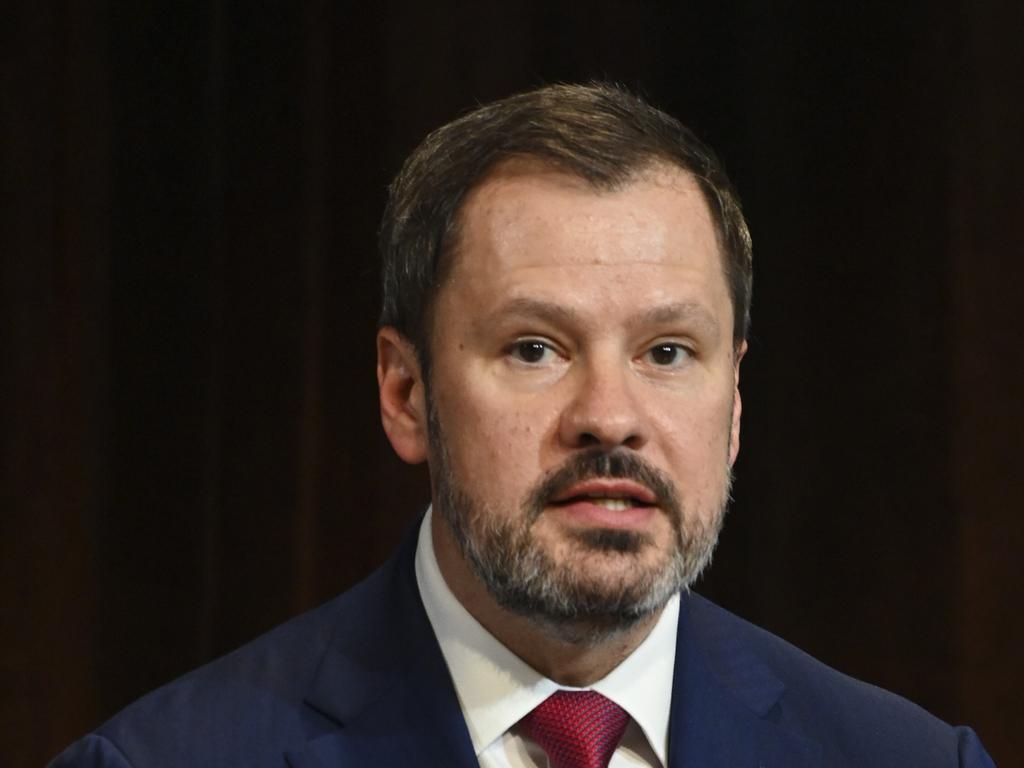

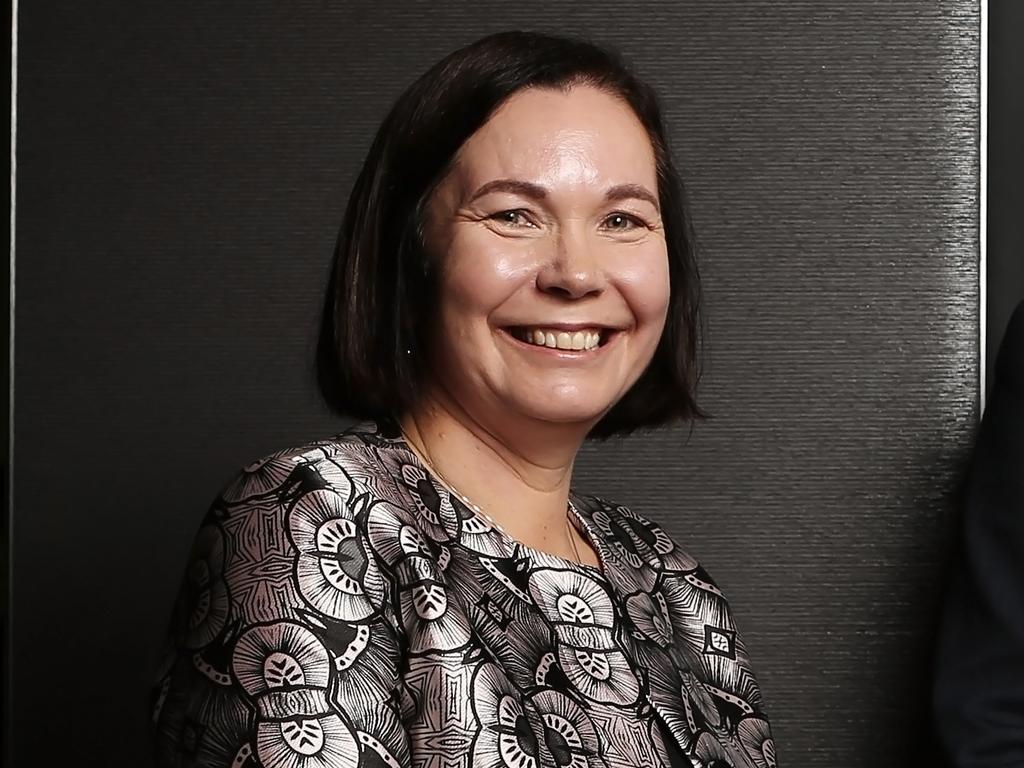
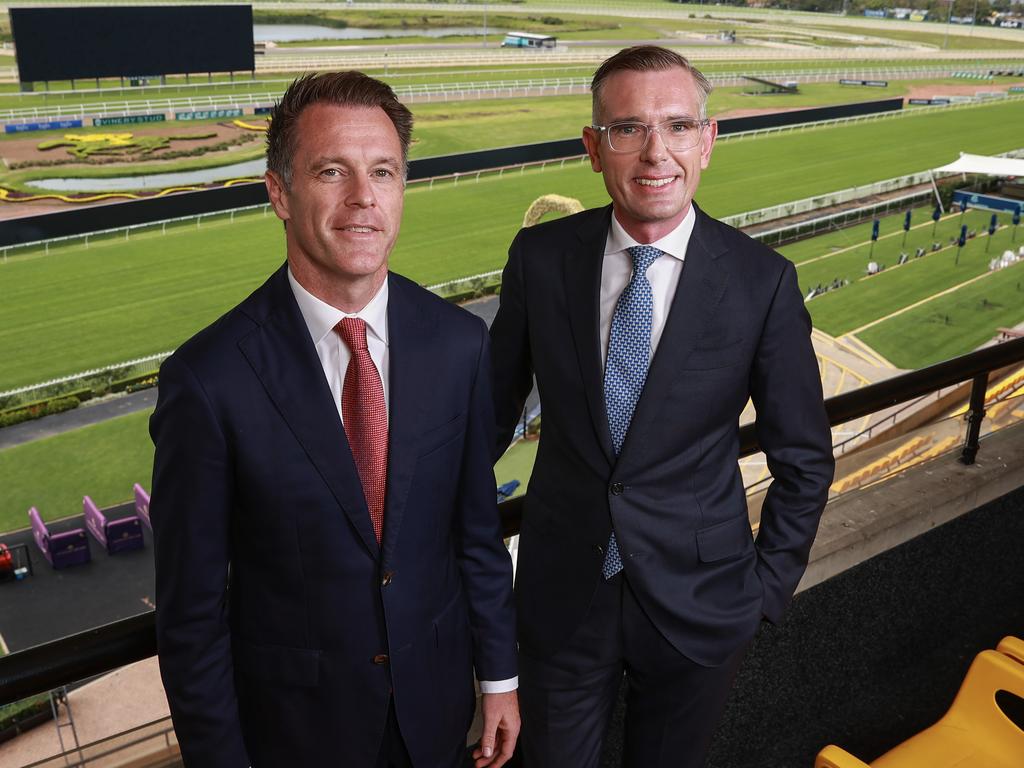


Since the May 2022 election, much political commentary has focused on the threat by teal independents to the Liberal Party.